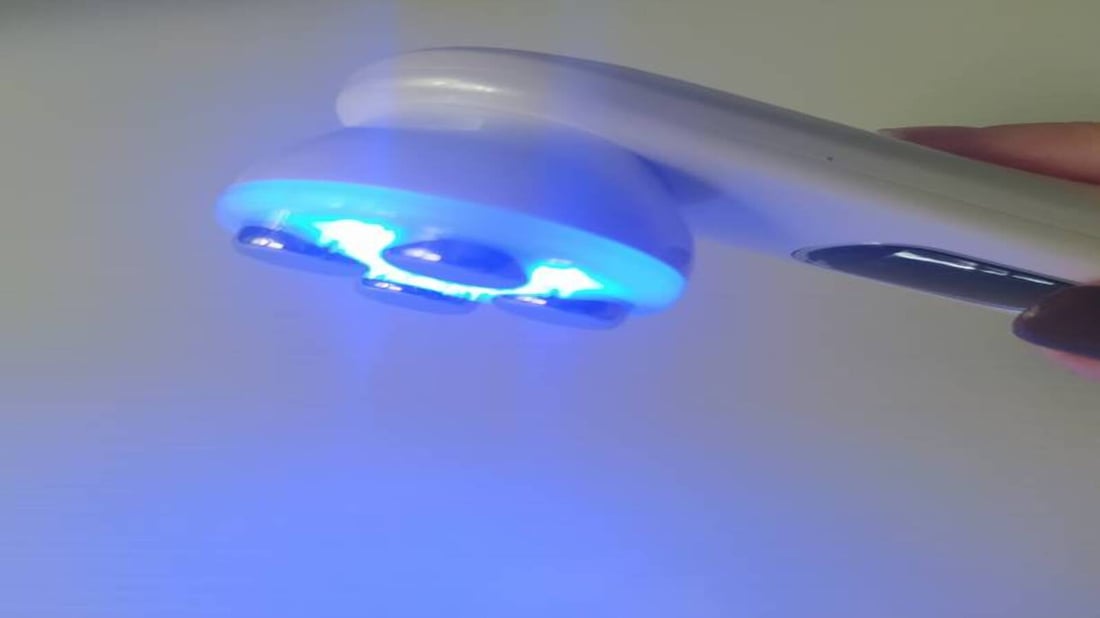UVA and UVB LED lights have become an increasingly popular choice for various lighting applications due to their energy efficiency and long lifespan. These lights emit ultraviolet (UV) rays, which can have a wide range of uses in different industries.
Understanding UVA and UVB Rays
UVA and UVB rays are part of the ultraviolet spectrum and are known for their ability to affect the skin and impact various biological processes. UVA rays have longer wavelengths, while UVB rays have shorter wavelengths. Both types of rays can be harmful in high doses, but they also have beneficial properties when used in controlled environments.
Applications in Medical Treatments
UVA and UVB LED lights have been utilized in various medical treatments, such as phototherapy for skin conditions like psoriasis and eczema. These lights can help reduce inflammation and promote healing in certain skin conditions. Additionally, UVA and UVB rays have been shown to stimulate the production of vitamin D in the skin.
Use in Horticulture and Agriculture
In horticulture and agriculture, UVA and UVB LED lights play a crucial role in the growth of plants. These lights can mimic natural sunlight and provide plants with the necessary light spectrum for photosynthesis. By adjusting the intensity and duration of UVA and UVB rays, farmers can optimize plant growth and increase crop yield.
Benefits for Indoor Tanning
UVA and UVB LED lights are commonly used in tanning beds to provide users with a tan without the need for natural sunlight. These lights emit controlled doses of UV rays to stimulate melanin production in the skin, resulting in a darker complexion. However, it is important to use tanning beds in moderation to avoid skin damage.
UV Sterilization and Disinfection
UVA and UVB LED lights are also effective for sterilization and disinfection purposes. These lights can eliminate harmful bacteria, viruses, and other pathogens by damaging their DNA and preventing them from replicating. UV sterilization is used in healthcare facilities, laboratories, and food processing plants to maintain a hygienic environment.
Environmental Impact of UVA and UVB LED Lights
Compared to traditional lighting sources, UVA and UVB LED lights are more energy-efficient and have a lower carbon footprint. LED lights consume less electricity and have a longer lifespan, which helps reduce greenhouse gas emissions and energy costs. Switching to LED lights can contribute to a more sustainable future.
Regulatory Guidelines for UVA and UVB LED Lights
Due to the potential health risks associated with UVA and UVB rays, there are regulations in place to ensure the safe use of LED lights. Organizations like the Food and Drug Administration (FDA) and the Occupational Safety and Health Administration (OSHA) provide guidelines for the proper handling and exposure limits of UVA and UVB lights.
Considerations for Choosing UVA and UVB LED Lights
When selecting UVA and UVB LED lights for a specific application, it is important to consider factors such as the light intensity, wavelength range, and efficiency of the lights. Different applications may require specific types of LED lights to achieve the desired results. Consulting with lighting experts can help determine the best option.
Future Trends in UVA and UVB LED Lighting
As technology continues to advance, we can expect to see further innovations in UVA and UVB LED lighting. Researchers are exploring new ways to enhance the efficiency and effectiveness of these lights for various applications. With ongoing developments, UVA and UVB LED lights are set to play a vital role in the future of lighting technology.
Quote Inquiry
Contact us

